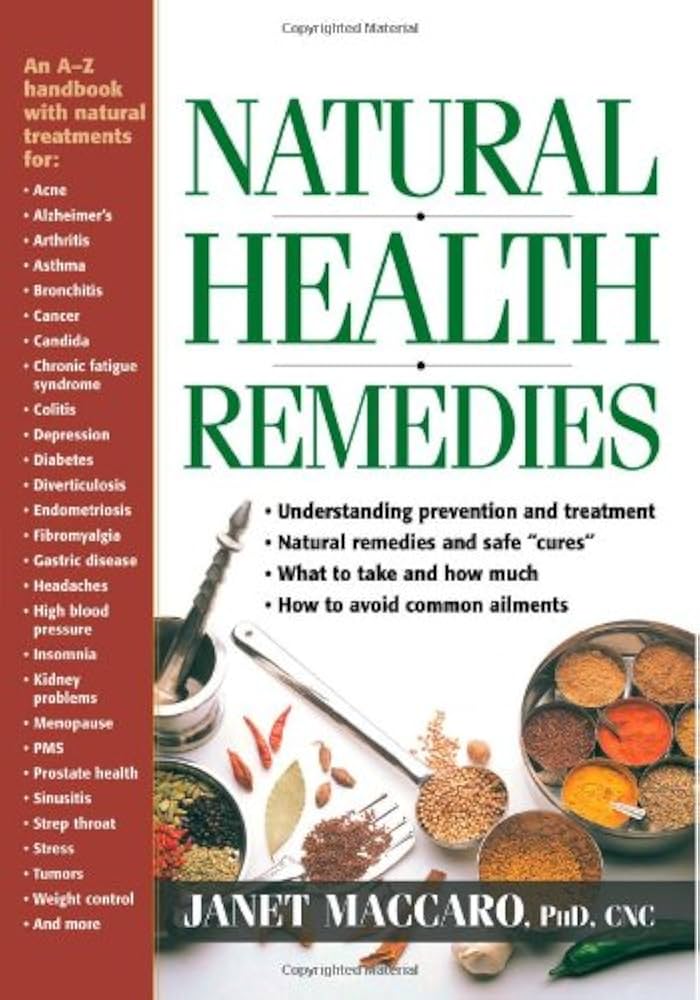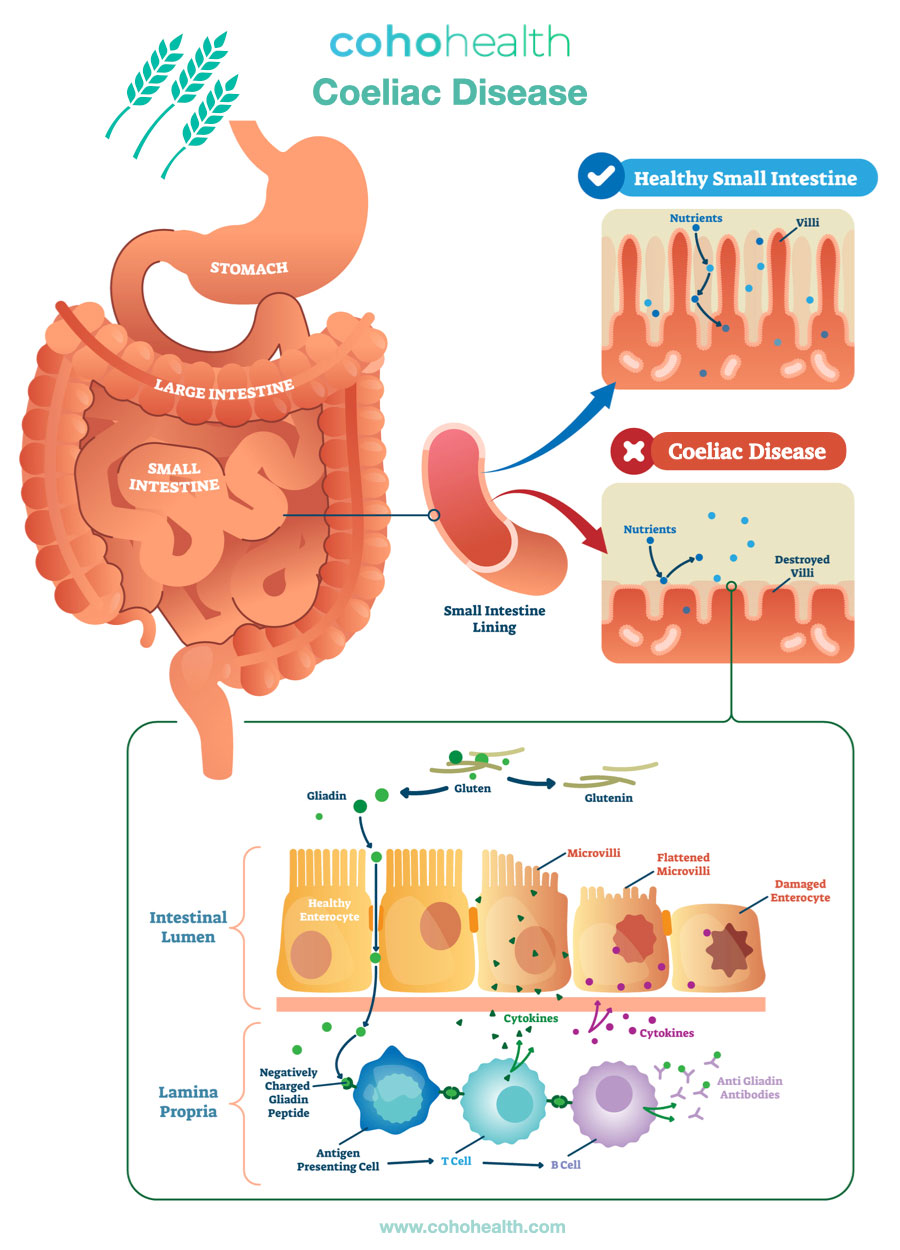A Profile of Complementary and Alternative Medicine (CAM) Users Indicates That ____.
Complementary and alternative medicine (CAM) has gained significant attention in recent years, with an increasing number of individuals turning to these practices as a means of managing their health. A profile of CAM users reveals a diverse group of individuals who are seeking alternative approaches to healthcare that complement traditional Western medicine. In this post, we’ll delve into the characteristics and behaviors of CAM users, exploring what they’re looking for in their healthcare experiences.
Demographics and Socioeconomic Factors
A profile of CAM users suggests that these individuals are often well-educated, with a higher-than-average household income. According to a recent study, 60% of CAM users have a bachelor’s degree or higher, while 40% earn an annual household income of $75,000 or more.
Age and Gender
The age range of CAM users is also noteworthy, with the majority falling within the 25-54 age bracket. Interestingly, women are slightly more likely to use CAM than men, making up approximately 55% of all users.
Healthcare Experiences and Motivations
CAM users often report being motivated to try alternative approaches due to a lack of satisfaction with traditional Western medicine. A common thread among these individuals is the desire for more holistic healthcare that addresses physical, emotional, and spiritual well-being. Many CAM users have had negative experiences with conventional medicine, such as feeling rushed during doctor’s appointments or not receiving adequate attention to their concerns.
Chronic Pain Management
For some CAM users, the primary motivation for trying alternative approaches is managing chronic pain. According to a recent survey, 70% of respondents reported using CAM practices specifically for pain relief, with acupuncture and massage therapy being among the most popular modalities.
Online Search Behavior
A profile of CAM users also reveals a strong online presence, with many individuals turning to search engines like Google to research CAM practices. According to data from Google Trends, searches related to CAM topics have increased by over 20% in the past two years alone.
Search Query Insights
A closer look at search queries reveals that CAM users are often seeking information on specific conditions or health concerns, such as “natural remedies for anxiety” or “best essential oils for pain relief.” This suggests that individuals are actively seeking out self-education and empowerment to take control of their healthcare experiences.
Implications for Healthcare Providers
A profile of CAM users has significant implications for healthcare providers looking to integrate alternative approaches into their practices. By understanding the demographics, motivations, and online search behaviors of CAM users, providers can better tailor their services to meet the needs of these individuals.
Finding Common Ground
One key takeaway is the importance of finding common ground between conventional Western medicine and CAM practices. Healthcare providers who are open-minded and willing to explore alternative approaches can help bridge this gap, ultimately providing more comprehensive care for their patients.
Conclusion and Next Steps
In conclusion, a profile of CAM users indicates that these individuals are seeking holistic healthcare experiences that address physical, emotional, and spiritual well-being. By understanding the demographics, motivations, and online search behaviors of CAM users, healthcare providers can better serve this growing population.
For those looking to learn more about CAM practices or explore alternative approaches to healthcare, we recommend checking out our resource page for a comprehensive list of trusted sources and organizations dedicated to promoting integrative health. Whether you’re a healthcare provider or simply seeking information on how to improve your well-being, this information is designed to empower and educate.


